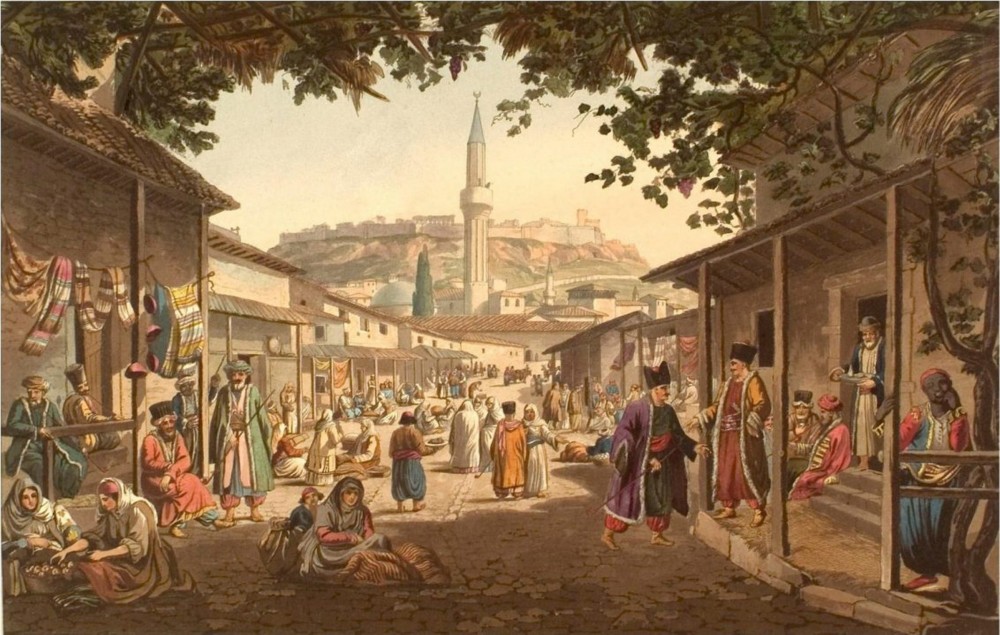
The confraternity of St Lazarus was founded by Ragusan merchants in the Levant (i. e. east of the Dubrovnik-Belgrade virtual line), who benefited from extremely propitious trade conditions created by the Ottoman authorities. Some 18.69% of its members were not professional merchants, but were admitted into the confraternity as investors in the Balkan trade. The same persons often operated also in the Western Mediterranean, and in many cases they were admitted both into the St Lazarus confraternity and into the older confraternity of St Anthony. This practice came to an end with the prohibition of double membership in 1614, which contributed to the development of the formal hierarchy between the two confraternities. Until the mid-seventeenth century the Levantine trade continued to offer great career opportunities. Many sons from the peasant or modest town families went to serve Ragusan merchants in the Levantine colonies, where they soon engaged in business activities and became merchants themselves. With the fortune amassed in trade they tended to settle in their homeland and seal their social ascent with the membership in the St Lazarus confraternity. As a group, in a fairly short time the Lazarini managed to establish themselves among the citizen elite. The activities and the institutions of the confraternity were regulated by its Statute of 1536. Until the 1570s, the membership was twofold, consisting of “full members” who participated in the decision-making process (39.44%), and the members who were involved exclusively in charitable and pious activities, including nobles. The numerous presence of the nobility in the confraternity’s early days can be explained by their involvement in the Levantine trade, but can also serve as an indicator of the social importance of the new association. The official register of the confraternity lists individual members, but in fact the affiliation included the whole casata, defined as a complex or extended family commonly sharing the assets and living in one household under the authority of the pater familias. Possibly as a consequence of the Catholic Renewal, the last decennia of the sixteenth century brought major changes in the landscape of the Ragusan confraternities, and affected also the confraternity of St Lazarus. In the following century the confraternity closed its doors to the craftsmen, and hereditary principle prevailed over the election of new members. The mercantile nature of the confraternity diluted, especially after the Great Turkish War had frustrated the once prosperous Levantine trade. At the same time, the number of merchants declined, as the profit from trade could no longer compete with the interest earned in foreign banks. All that, together with the Great Earthquake and its demographic consequences, had a serious impact on the confraternity. The members of the Lazarini families turned towards the tenures in the state administration, while the state itself increased its control over the confraternity and started to distribute the membership as a privilege for the rendered offices or favours. In the last decennia of the eighteenth century, the Republic even granted it for money. Paradoxically, a once incredibly propulsive merchant confraternity ended as a closed social group under a most direct influence of the state. Published in the appendix is a list of all the fraternity members.
Source: Štefica Curić Lenert, Nella Lonza (2016). The Confraternity of St Lazarus in Dubrovnik (1531-1808): Founding, Organization, Membership. Anali Zavoda za povijesne znanosti Hrvatske akademije znanosti i umjetnosti u Dubrovniku. №.54/1: 39-113
Source web-site: https://hrcak.srce.hr/index.php?show=clanak&id_clanak_jezik=242617
Number of views: 2952